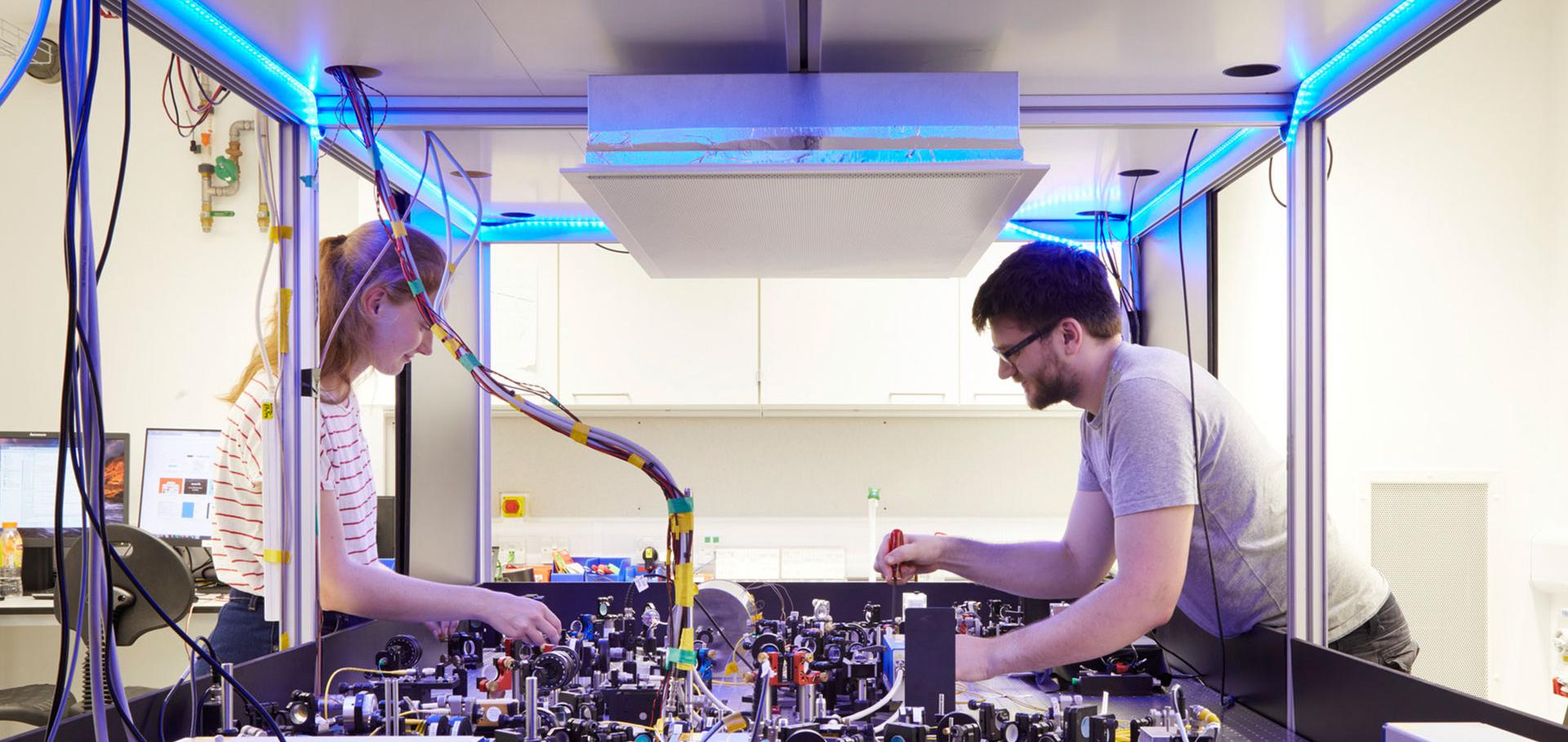Bronze Age Burnt Mounds and Early Medieval Timber Structures at Town Farm Quarry, Burlescombe, Devon
Archaeological Journal Taylor & Francis 164:1 (2007) 1-79
From the Guest Editors
Radiocarbon Cambridge University Press (CUP) 49:2 (2007) ix-x
Radiocarbon Chronology
Chapter in The Early Neolithic on the Great Hungarian Plain: Investigations of the Koros Culture site of Ecsegfalva 23, County Bekes, Publicationes Instituti Archaeologici Academiae Sceintiarum Hungaricae XXI (2007) 10
Radiocarbon dates from samples funded by English Heritage under the Aggregates Levy Sustainability Fund 2002-4
English Heritage, 2007
The Antler Maceheads Dating Project
Proceedings of the Prehistoric Society Cambridge University Press (CUP) 73 (2007) 381-392


